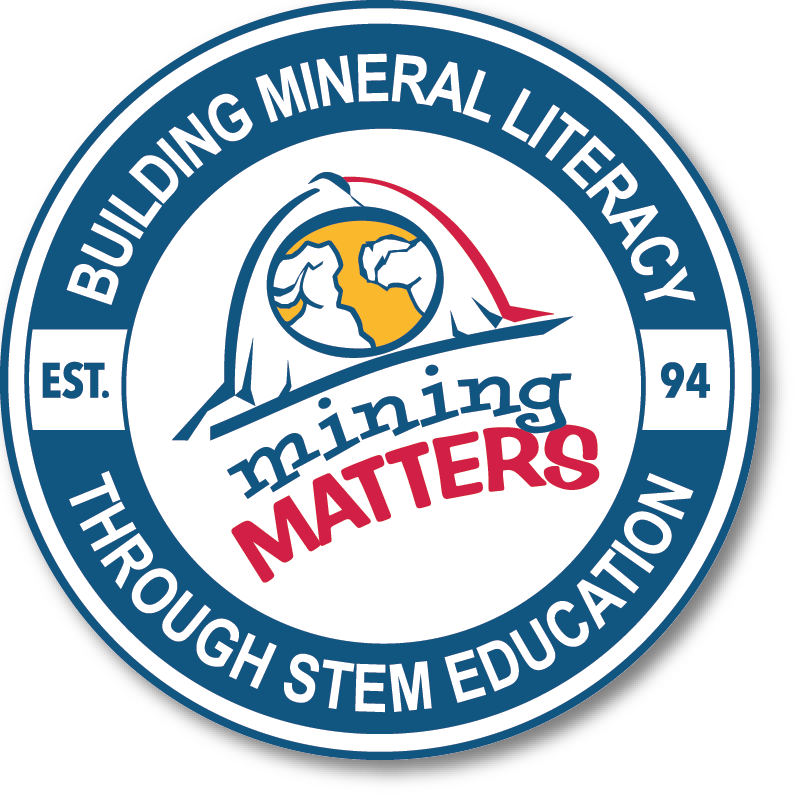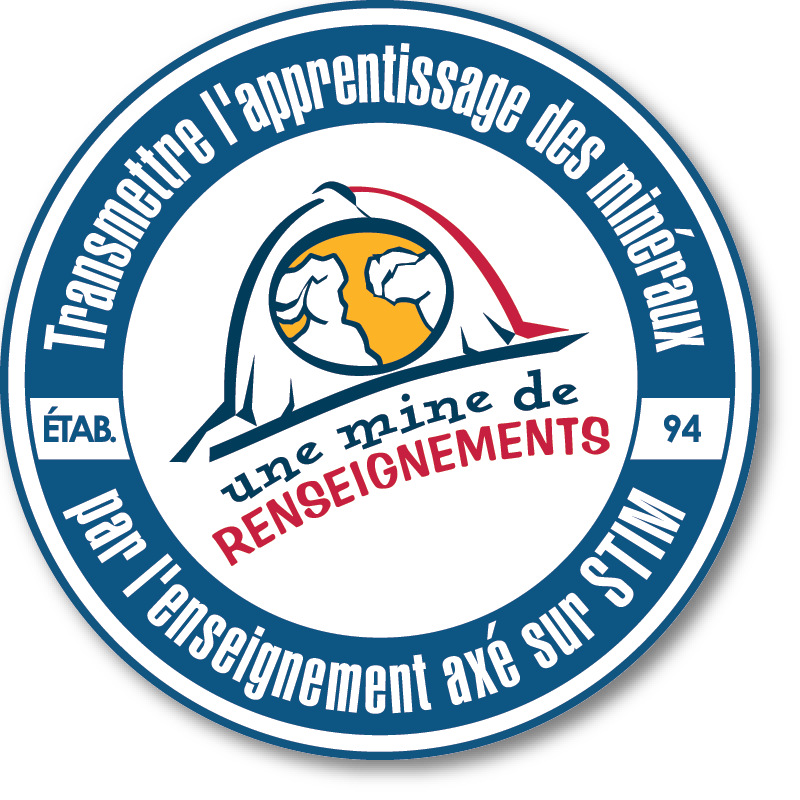Using the Heavens to Move Earth
by Bill Purvis
Mineral resource providers are turning to space satellites and other 21st century technologies to reshape themselves for a new era—global positioning satellites, communications satellites and imaging satellites. They affect production, reclamation and exploration for the new resources of the future.
In production, global positioning systems (GPS) are joined aboard mining machinery with computers, display screens, wireless communications, and system management software. The marriage is making the delivery of coal and minerals from surface mines more efficient, safer and less demanding on other resources and the environment.
When linked to blast-hole drillers for access to seams and deposits, such systems allow the placement of minimum explosives for maximum precision and blast-control according to plan. Aboard dozers and shovels, they give the equipment operators pictures of where they are, where the seams and deposits are, and what should be done to conform to plans and regulations. In depicting precise location, they allow more complete recovery of the resource. On haul trucks, they ensure that the right loads of coal, ore or other minerals are delivered to the right places at the right time. Human error, confusion and accidents are reduced, including mistakes such as delivering ore to disposal sites, or material for disposal to processors. Productive use of equipment is increased. One coal mine experienced a per-shift production increase of 25 percent after installing such a system.
In reclamation, GPS ensure that exacting plans and specifications for restoration of the land can be met on the first try. GPS displays show what should be done, down to blade angle for dozers and other earth movers.
In exploration, imaging satellites can be used in the analysis of land areas for the characteristics that indicate deposits; communications satellites for the transmission of important data from remote sites; and GPS for the drilling that defines deposits and determines economic feasibility.
Other uses of GPS have included: pinpointing location for the purposes of staking claims; dealing with the hazards of closed and forgotten mines; and plugging abandoned wells.
Mineral resource providers are applying the most modern of technologies to the most basic of needs - to delivering the energy, metals and industrial minerals our nation requires to uphold the quality of life and economic security at costs it can afford. They are literally using the heavens to move earth in ways that improve their environmental and economic performance.
The evolution will continue. One equipment manufacturer put it this way: “The next decade could be the most interesting yet in the advancement of mining.”
PDAC Mining Matters News March 2005 – Issue 5




